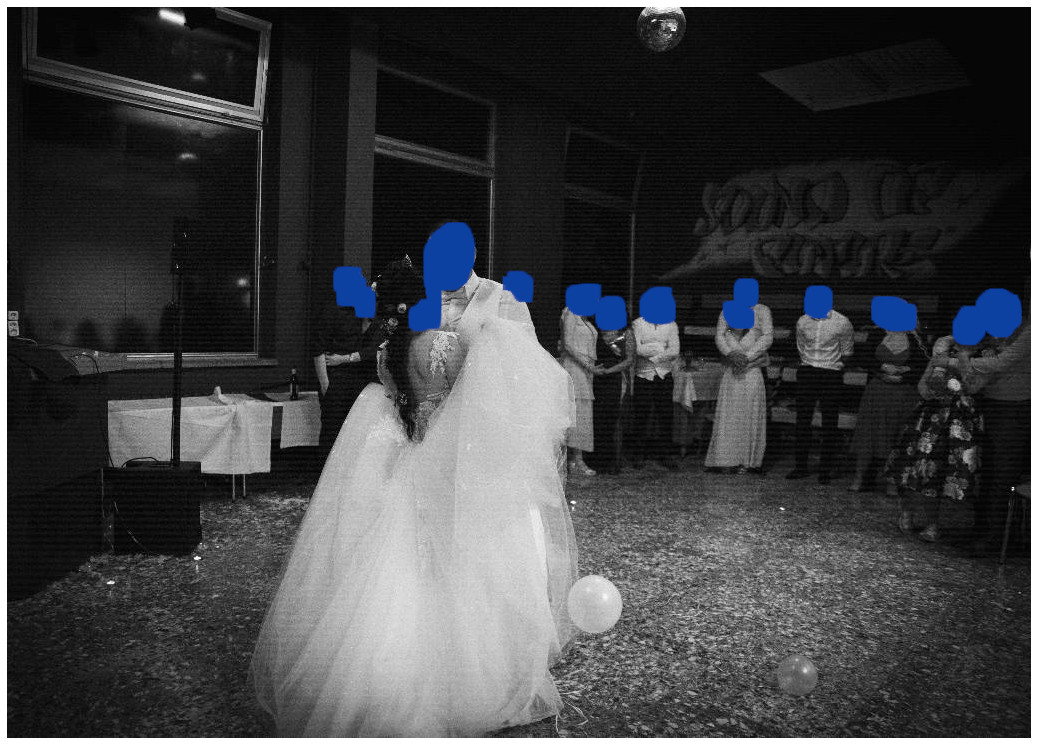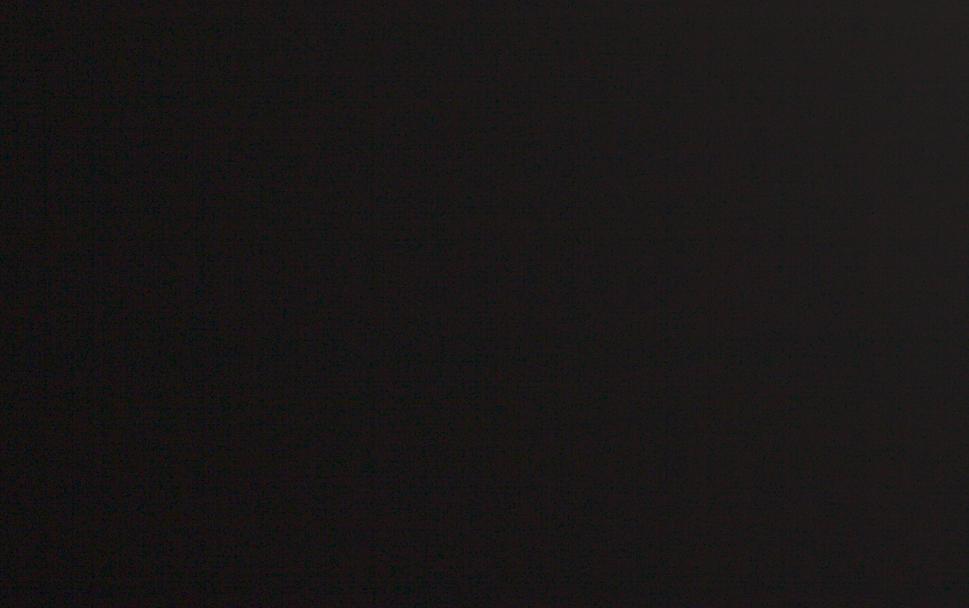Please don't mind the edited faces. All over the image are visible white stripes horizontally. What could cause them?
The image was taken without a flash on a Canon 5D Mark II. Could this be a sensor issue?
Shutter speed: 1/100
Aperture: F/2.8
ISO: 3600
Focal length: 24mm
The original image was in color and the stripes are colored aswell. Here is a part of the same image before any editing or exposure changes:
And here the same but the exposure increased by 1 EV:
Is this simply due to the rather high ISO or is there more? It looks a bit aggressive to me for 3200.
If it is indeed just caused by the high ISO (guessing the high voltage of the ADC is introducing the noise on the sensor?), I'd love an explanation on why the pattern is striped horizontally like that.
This is an image of the same camera with ISO 50 (Shutter 1/4, F/5.6) of the night sky:
Looks pretty okay to me. Perhaps a bit too noisy for ISO 50 though?
Here is the same image but exposure raised by 1.22 EV:
No stripe pattern! And that is what's confusing me the most. How is the stripe pattern introduced?
Looking at this question and it's answer I start to doubt that this is only high-ISO introduced noise. The accepted answer there mentions how on a Canon 7D the pattern can appear vertical aswell. In the sample image in the question it is fairly equally horizontal and vertical I'd say, which both isn't the case for me. The stripes are rather clear (especially in the B/W image) horizontal lines, reminding me of the lines you'd see on really old TVs.






